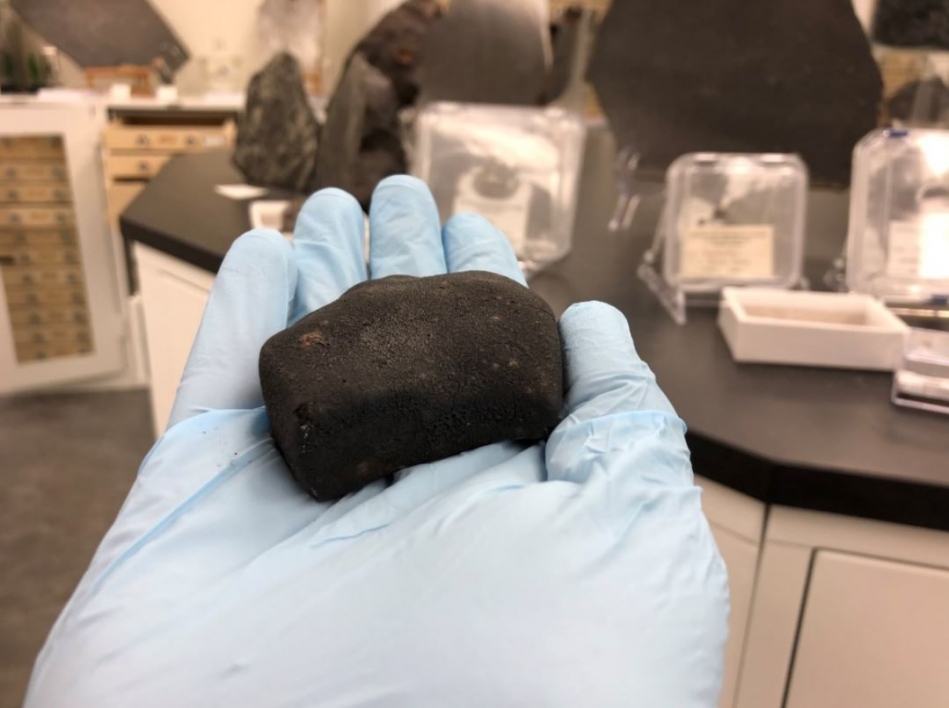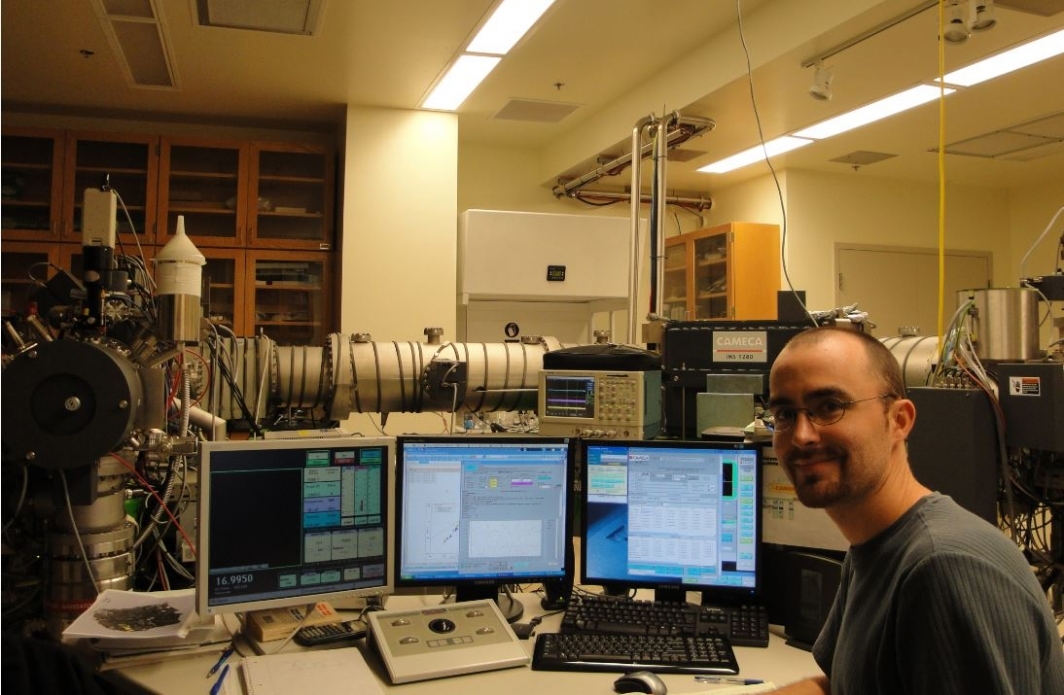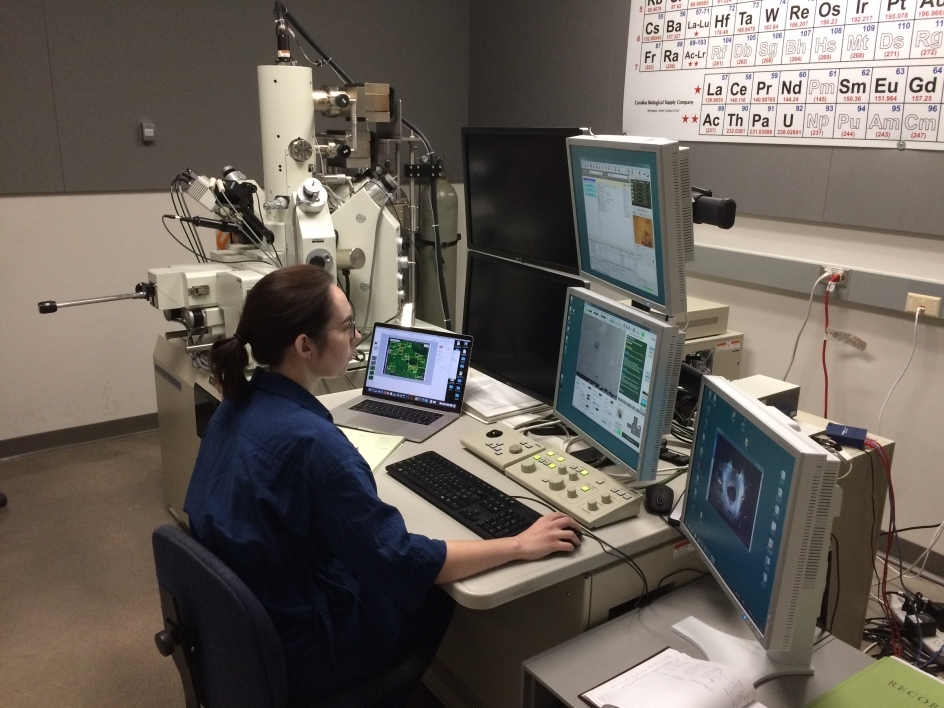Fragments of asteroids may have jumped the gap in the early solar system

Atacama Large Millimeter Array image of the protoplanetary disk around HL Tauri. The dark rings are gaps in the dust and gas-rich protoplanetary disk, likely due to the formation of planets. These gaps may be similar to the disk gap thought to be formed by the formation of Jupiter in our protoplanetary disk. Credit: ESO/ALMA
Using some cosmic detective work, a team of researchers has found evidence that tiny pieces of asteroids from the inner solar system may have crossed a gap to the outer solar system, a feat once thought to be unlikely.
About 1 million years after the start of the solar system, it is thought that while Jupiter’s core formed, it created a gap in the protoplanetary disk (the disk of dense gas and dust surrounding the sun). Called the “Jupiter Gap,” this divide severely limited material from getting across it and is thought to have created two distinct reservoirs in the disk.
Against the odds, however, a team of researchers including Associate Research Professor Devin L. Schrader and Research Scientist Jemma Davidson of Arizona State University’s Center for Meteorite Studies have found evidence in meteorites that tiny fragments of asteroids from the inner solar system crossed the Jupiter Gap into the outer solar system. The results of their study have been recently published in Geochimica et Cosmochimica Acta.
“This research provides new information about the dynamics of the early solar system,” lead author Schrader said. “Our research shows that these two reservoirs were not completely isolated from one another.”
The research team, which also includes scientists from the Smithsonian Institution’s National Museum of Natural History, the University of Hawaiʻi at Mānoa, Washington University in St. Louis, and Harvard University, were inspired to conduct this study because of samples brought back from NASA’s comet sample return mission, Stardust.
These samples hinted that comets could contain material that migrated from the inner solar system to the outer reaches where comets formed and suggested that the migration of material may have been more widespread in the early solar system than previously thought.
“The Stardust mission was like peeking through the blinds at the earliest solar system,” said co-author Timothy McCoy, chair and curator of meteorites at the National Museum of Natural History, Smithsonian Institution. “We knew that meteorites in our collections could open the window so that we could see the whole view”
With that in mind, they set out to test this hypothesis using samples of meteorites, specifically chondrites, that were present in the early solar system.
And thanks to the large collection of meteorites from the Center for Meteorite Studies, the Smithsonian Institution and NASA, they had access to samples of chondrites that were believed to have formed in the inner solar system as well as those believed to have been formed in the outer solar system.
Using electron probe microanalyzers (to obtain high resolution images of the samples and major and minor element data of individual minerals) and a secondary ion mass spectrometer (used to analyze the isotopic composition of samples), the team was able to provide direct evidence for a complex mixing of materials between the inner and outer solar system.
“By looking at the kinds of samples we have in the Center for Meteorite Studies collection, we were able to investigate how material moved around in the protoplanetary disk four and a half billion years ago,” co-author Davidson said.
In future studies, the team hopes to learn more from asteroid sample return missions like the Japanese Aerospace Exploration Agency’s Hayabusa2 mission to the asteroid Ryugu, which is scheduled to return samples to Earth later this year and NASA’s OSIRIS-REx to the asteroid Bennu, which is expected to return samples to Earth in 2023.
More Science and technology

Stuck at the airport and we love it #not
Airports don’t bring out the best in people.Ten years ago, Ashwin Rajadesingan was traveling and had that thought. Today, he is…

ASU in position to accelerate collaboration between space, semiconductor industries
More than 200 academic, business and government leaders in the space industry converged in Tempe March 19–20 for the third annual…

A spectacular celestial event: Nova explosion in Northern Crown constellation expected within 18 months
Within the next year to 18 months, stargazers around the world will witness a dazzling celestial event as a “new” star appears in…




